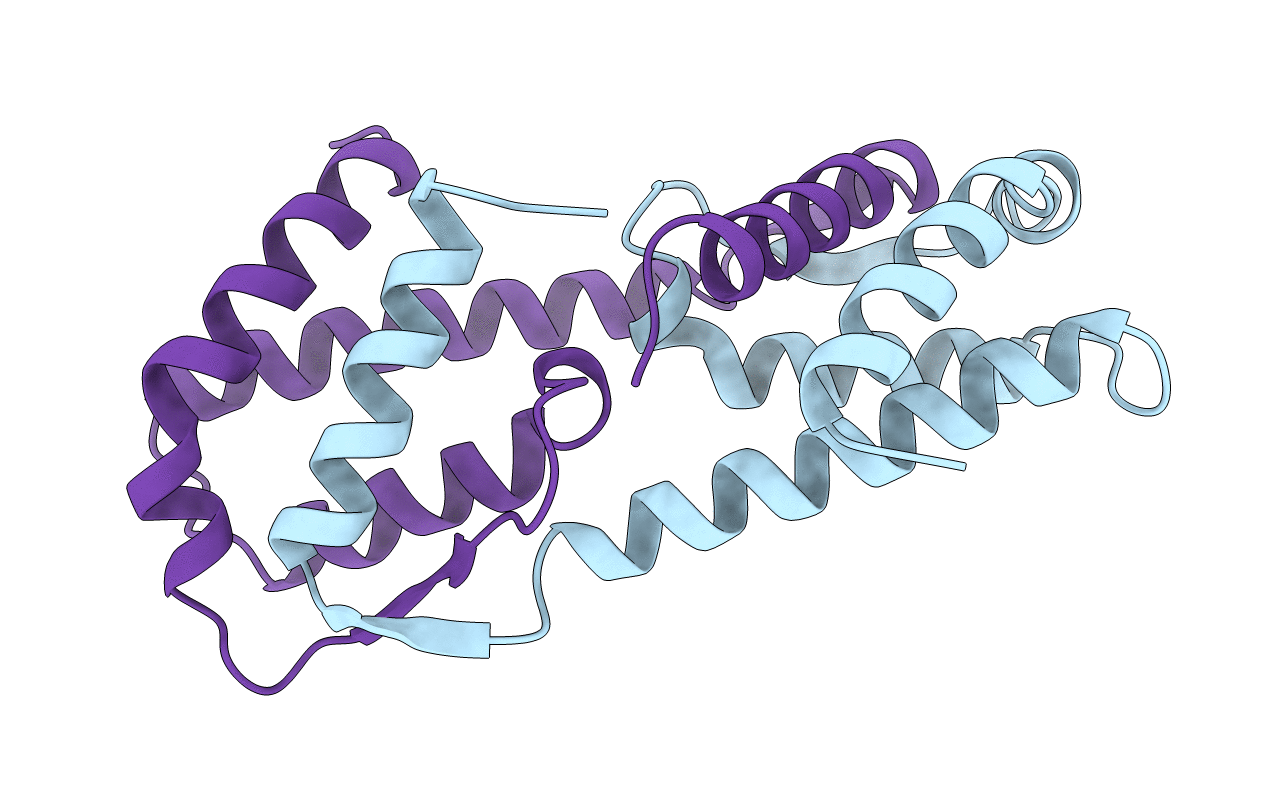
Deposition Date
1995-03-17
Release Date
1995-12-07
Last Version Date
2024-10-09
Entry Detail
PDB ID:
1HUL
Keywords:
Title:
A NOVEL DIMER CONFIGURATION REVEALED BY THE CRYSTAL STRUCTURE AT 2.4 ANGSTROMS RESOLUTION OF HUMAN INTERLEUKIN-5
Biological Source:
Source Organism:
Homo sapiens (Taxon ID: 9606)
Host Organism:
Method Details:
Experimental Method:
Resolution:
2.40 Å
R-Value Free:
0.36
R-Value Work:
0.21
R-Value Observed:
0.21
Space Group:
C 1 2 1


